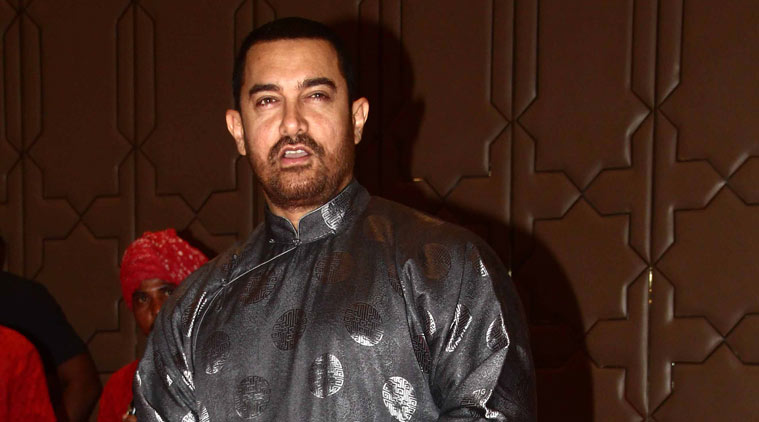
Aamir Khan-starrer “PK” is set to become the highest income-earning Indian movie in China where Bollywood films are gaining in popularity and its songs can be heard even in ringtones.
Following its release across 4,500 screens in China on May 22, “PK” made more than 120 million yuan (around $20 million) — and it remains a hit.
“It’s all set to become the highest income-earning Indian movie in the Chinese box office history,” a Chinese trade analyst told IANS.
Jimy Wangtso, director-general of the government information office of the Tibet Autonomous Region, said the craze for Indian movies dated back to the days of the classic “Awara”.
“Awara” (The Tramp), a 1951 Hindi film, was a runaway hit in China — and in Russia too.
“I still love to see this movie and to tap on its title song,” said Jimy.
The Chinese movie market is sized at $4.8 billion, second only to the US, and grew 34 percent in 2014. China produced over 600 films in 2014.
“Like ‘3 Idiots’, ‘PK’ did a roaring business in China,” Indian journalist Atul Aneja, who is based here, told IANS. The Chinese, he said, have special love for Indian movies, soaps and songs.
Hindi songs have invaded China too. Transcending languate barriers, they make their presence felt in mobile ringtones and at functions.
When this IANS correspondent visited the Beijing Experimental School in Lhasa, a big screen at the entrance showcased students swaying to the “Chaiyya chaiyyaa” lyrics from Shah Rukh Khan-starrer Hindi film “Dil Se..”.
Government officials in Lhasa say that Indian films, dubbed in Mandarin, get released simultaneously in the city with the mainland.
Tibet, which abounds in virgin nature as well as historical and cultural sites, has four cinemas, with tickets ranging from 40 to 60 yuan for a show. Every Tuesday, the cinemas offer 50 percent discount on tickets.
Tourist guide Wangmu, accompanying the visiting Indian journalists in Lhasa, started singing “Hum tere bin ab reh nahi sakte” from “Aashiqui 2”.
Even though she didn’t know Hindi, she understands the lyrics of the song.
Another Indian living here said that war movies and family operas were a hit on Chinese television.
He added: “The youth here is as stressed as in India. The parents want their children to see family sagas.”
Indian movie buff Zou Yuheng in Beijing said he had seen several Hindi movies with English and Chinese subtitles on the internet.
Youku.com and tudou.com are best video websites, while iQIYI.com is the best for mobile video service providers in China.
On July 3, iQIYI released the full series of its self-produced TV show “The Lost Tomb” to paid subscribers.
In order to watch the full series, a huge number of users downloaded the iQIYI app and purchased the subscription service, with the number of user clicks on “The Lost Tomb” episodes surpassing 160 million within five minutes following the release, says the company.
PricewaterhouseCoopers study “India Entertainment and Media Outlook 2014” says the global cinema business is resilient.
The boom in film production and cinema going in China (now the largest market for film after the US), Russia, India and Brazil will ensure that this spike continues.
A Xinhua report quoting Wang Fenglin, vice president of the Chinese Film Producers Association, said home-made films accounted for 51.4 percent of the market. The rest were imported.
He said the Chinese film market would overtake the US to become the largest in the world within three years as the numbers of screens and revenues are growing by 30 percent annually.
A joint statement between India and China during Prime Minister Narendra Modi’s visit to China on May 15 emphasized the need to increase services trade in films.
Eros International, a company in the Indian film entertainment industry, then announced one of its first projects to co-produce with Chinese Film Corp the film “Tang Xuan Zang”, starring China’s most popular actor Huang Xiaoming.
Inputs by IANS























Leave a Reply